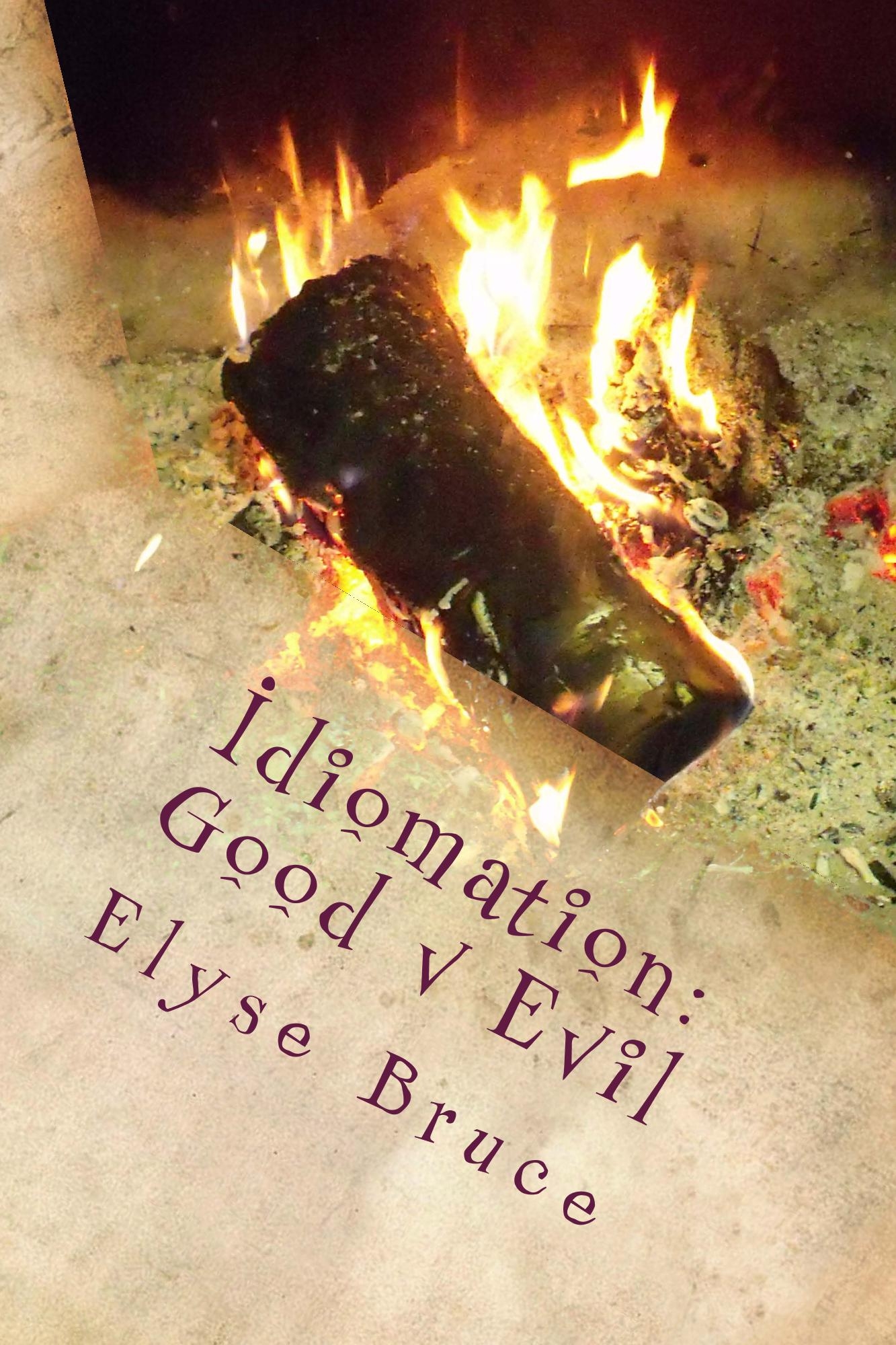If you’re told that what you’re suggesting is a horse of a different color, what the person means is that the subject you’re talking about is a different matter or separate issue altogether.
In the 1939 movie “The Wizard of Oz” starring Judy Garland, Dorothy and Toto along with the Strawman, The Tin Man and the Cowardly Lion find themselves at the gates of the Emerald City. They experience more than just a little difficulty convincing the Guardian of the Emerald City Gates to let them in. When they finally convince him to let them in, he says:
Well, bust my buttons! Why didn’t you say that in the first place? That’s a horse of a different color! Come on in!
Once inside, the next scene shows the group in a horse-drawn carriage and the horse, of course, changes colour from shot to shot. Dorothy remarks to the driver, “What kind of a horse is that? I’ve never seen a horse like that before!” And the driver responds, “No, and never will again, I fancy. There’s only one of him, and he’s it. He’s the Horse of a Different Color you’ve heard tell about.”
Back on August 2, 1959 the Daily Reporter newspaper of Spender, Iowa published a news story entitled, “Reds Will Live In Era Of Fear If Aggression Continues — Nixon.” The story was about then Vice-President Richard M. Nixon who addressed the Soviet people in a TV-radio address that was listened to by millions of citizens as he commented on the Soviet foreign policy.
The vice-president took strong exception to the slogan “Let us work for the victory of communism” which he saw frequently on his tour.
“If Mr. Khrushchev means by this slogan working for a better life for the people within the Soviet Union that is one thing,” Nixon said. “If, on the other hand, he means the victory of communism over the United States and other countries this is a horse of a different color. For we have our own ideas as to what system is best for us.”
On July 21, 1900, the Montreal Gazette carried a story that was originally published in the New York Times entitled, “An Albany Strike: Working Of An Old Trick In The Legislature.” It reported on Legislature Assemblyman Leon Sanders of the 12th Assembly District who introduced a bill making it a misdemeanor for any telegraph or telephone company doing business in the state of New York to furnish keepers of poolrooms or other gambling resorts any information about racing, and what ensued after the bill was “allowed to go on its way in the Assembly.” Things began to get out of hand shortly afterwards and led to an inquiry.
The poolroom keeper made just a feeble kick when the agent got him in a corner. He tried to point out that if the poolrooms were really closed up, the Gambling Commission would have lost its source of greatest revenue. Then the agents told the room keepers that the commission could go hang, and that this was “a horse of different color“; that the senators at Albany were in a bad way, indeed: that they needed the money — in fact, they protector among the rest — and that it was good-bye to the poolroom business unless they got it.
Up until the mid-1800s the expression was actually a “horse of that color” The original expression points out similarities between topics while the newer expression points out differences.
The original expression dates back to William Shakespeare’s Twelfth Night where in Act 2, Scene 3 Maria schemes with Sir Andrew and Sir Toby Belch against Malvolio.
MARIA
My purpose is, indeed, a horse of that colour.
SIR ANDREW
And your horse now would make him an ass.
MARIA
Ass, I doubt not.
SIR ANDREW
O, ’twill be admirable!
Shakespeare used the phrase, as he oftentimes did, as a play on words which indicates that the phrase a “horse of a different color” most likely existed prior to the “horse of that color.”
This makes sense since knights in medieval tournaments rode different-colored horses in races so that spectators could tell which knight was their knight. We know from historical documents that gambling was a favourite pastime in Medieval times and so it is not unreasonable to believe that those who lost bets in tournaments would be told of their loss with news that a “horse of a different color” was victorious.

